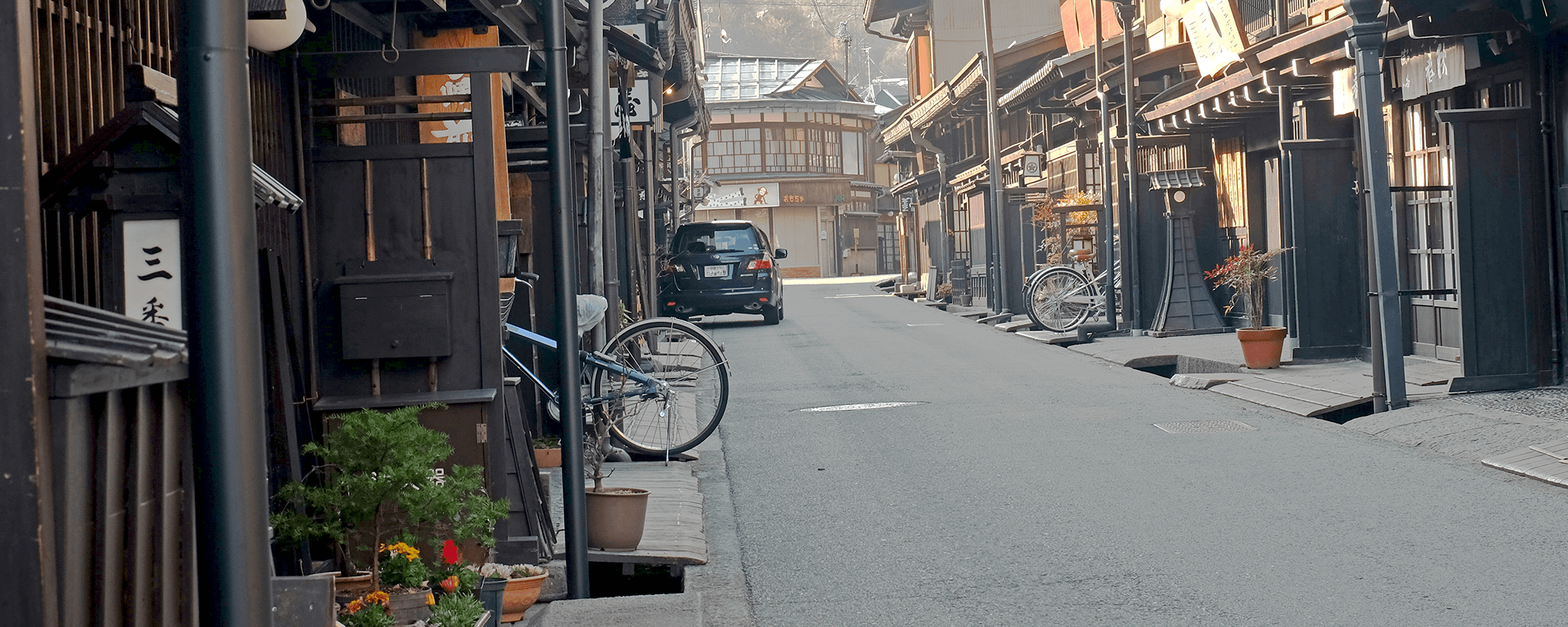Before moving to Japan, there was a lot to think about. Money was near the top of that list. While I was fortunate enough to maintain a part-time relationship with my employer overseas, it wouldn’t be enough to live on.
With a background and lengthy history in Marketing, Media (Audio/Video), and Communications… I figured it couldn’t hurt to pick up an English teaching certification prior to moving (just in case). After all, this is probably the most common route that foreigners take to generating income. As it turns out, that was a good idea.
Flash Forward 2-Years
 While it wasn’t my initial goal to be an English teacher, living in the countryside has meant that the interest is relatively strong and the competition little. What started as a temporary position with the city, quickly turned into multiple projects and opportunities, my own private classes and running classes at a local center.
While it wasn’t my initial goal to be an English teacher, living in the countryside has meant that the interest is relatively strong and the competition little. What started as a temporary position with the city, quickly turned into multiple projects and opportunities, my own private classes and running classes at a local center.
How long did it take to get good? I’ll let you know when it happens!
My opinion is that teaching, along with many trades, is best improved through many hours of experience. While I do feel some improvement in comfort-level and the flow of classes, it’s a long road ahead. A road that likely never ends.
Kids VS. Adults – Beginning VS. Advanced
One thing that took me some time to get my head around is the approach to different types of students. Not only their different levels of speaking and understanding, but also different ages and personality types. For that matter, the expectations and desires of students at the same level can be entirely different. While some may hope to just enjoy some casual conversation, others expect to be challenged, follow a steady curriculum and even receive homework.
They won’t always tell you what they want.
Rack it up to cultural differences, or whatever you like – but don’t expect the student to be able to tell you exactly what’s on their mind. You must develop Spiderman-like senses to gauge the student’s level of comfort, enthusiasm and willingness to engage in what you have prepared. Until you’ve developed this, there’s only one sure fire way to overcome the painful awkwardness of a class-gone-bad: Over-preparation. Instead of preparing one lesson, prepare 3. Consider how you can ramp up the difficulty as well as reduce it “in the moment”. Trust me – no lessons go to waste, they all get used eventually.
Numbers and Scalability
 Take into account whether your lessons work just was well for 1-student as for many. Will you be able to adapt to the moment when you class size changes? What about if a parent suddenly decides to join the class and observe at the last minute? If you are not already a skilled and flexible teacher – then your lessons must be scalable, or you must have a “Plan-B” on the back burner.
Take into account whether your lessons work just was well for 1-student as for many. Will you be able to adapt to the moment when you class size changes? What about if a parent suddenly decides to join the class and observe at the last minute? If you are not already a skilled and flexible teacher – then your lessons must be scalable, or you must have a “Plan-B” on the back burner.
Teaching the Experts
You may at times find yourself at the head of class where the students far exceed your level of grammar skills or level of education! Don’t worry. As a native speaker you bring an insight to the language that is hard to achieve as a second language. The question is, will you be able to articulate it? If teachers are taking your classes it’s because they want to sound like a native. Don’t be afraid to correct their small mistakes and point out the misuse of words. As with all students, it depends on the students goal – but the value you wield is your native tongue. Quotes, idioms and proverbs are your friend.
The High’s and Low’s
As you start the journey of teaching English, you will probably find the path filled with Ego-boosting and Ego-crushing moments. Your reputation is important in Japan, and how you handle these moments says a lot about your personality and professionalism.
Expectations vary widely, and some students and parents (of young students) will love you, while rest assured the dissatisfied will move one. Leaving you to evaluate how to do better next time.
Don’t dwell on the lows – aim high and forward. With experience, and personal analysis comes wisdom.


